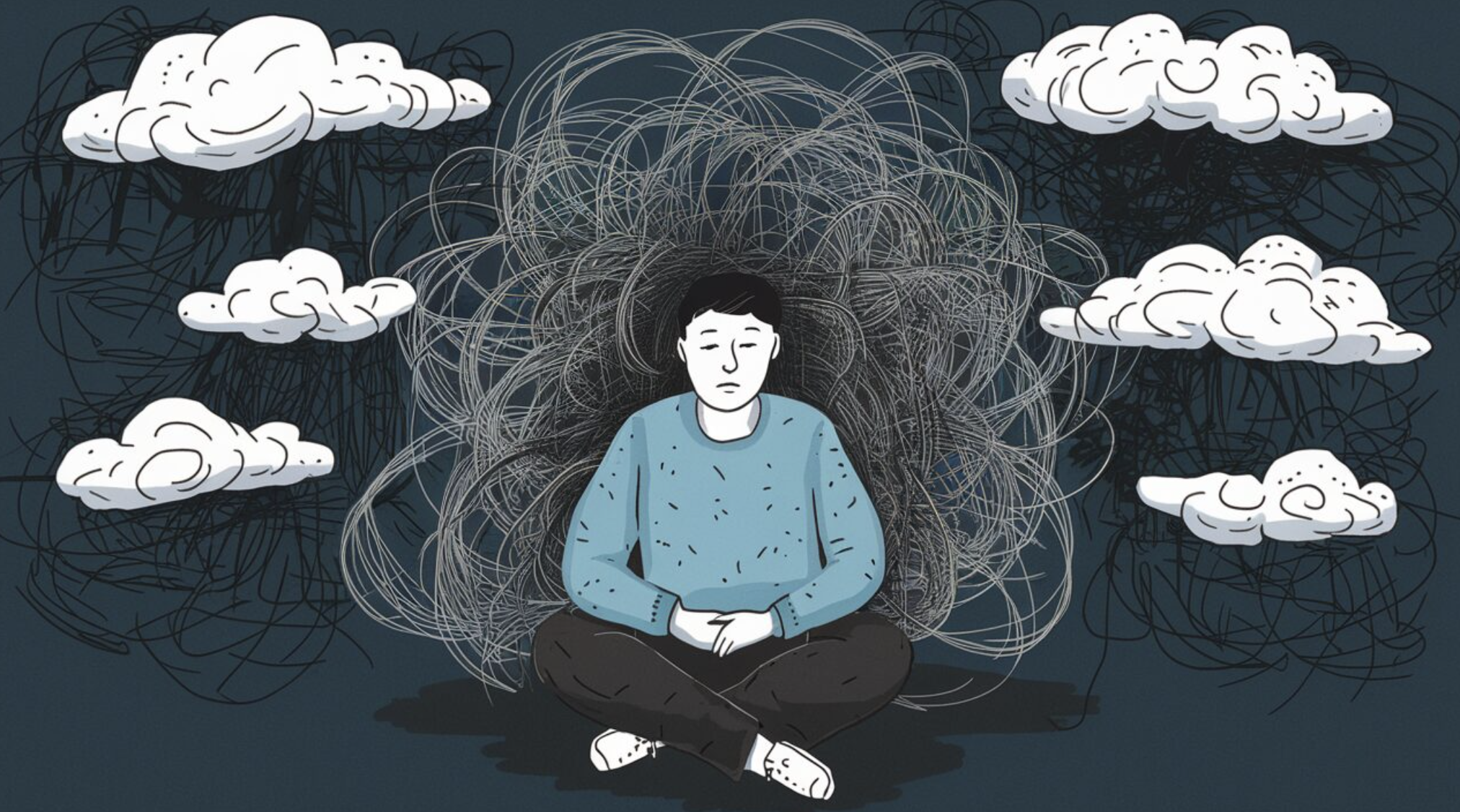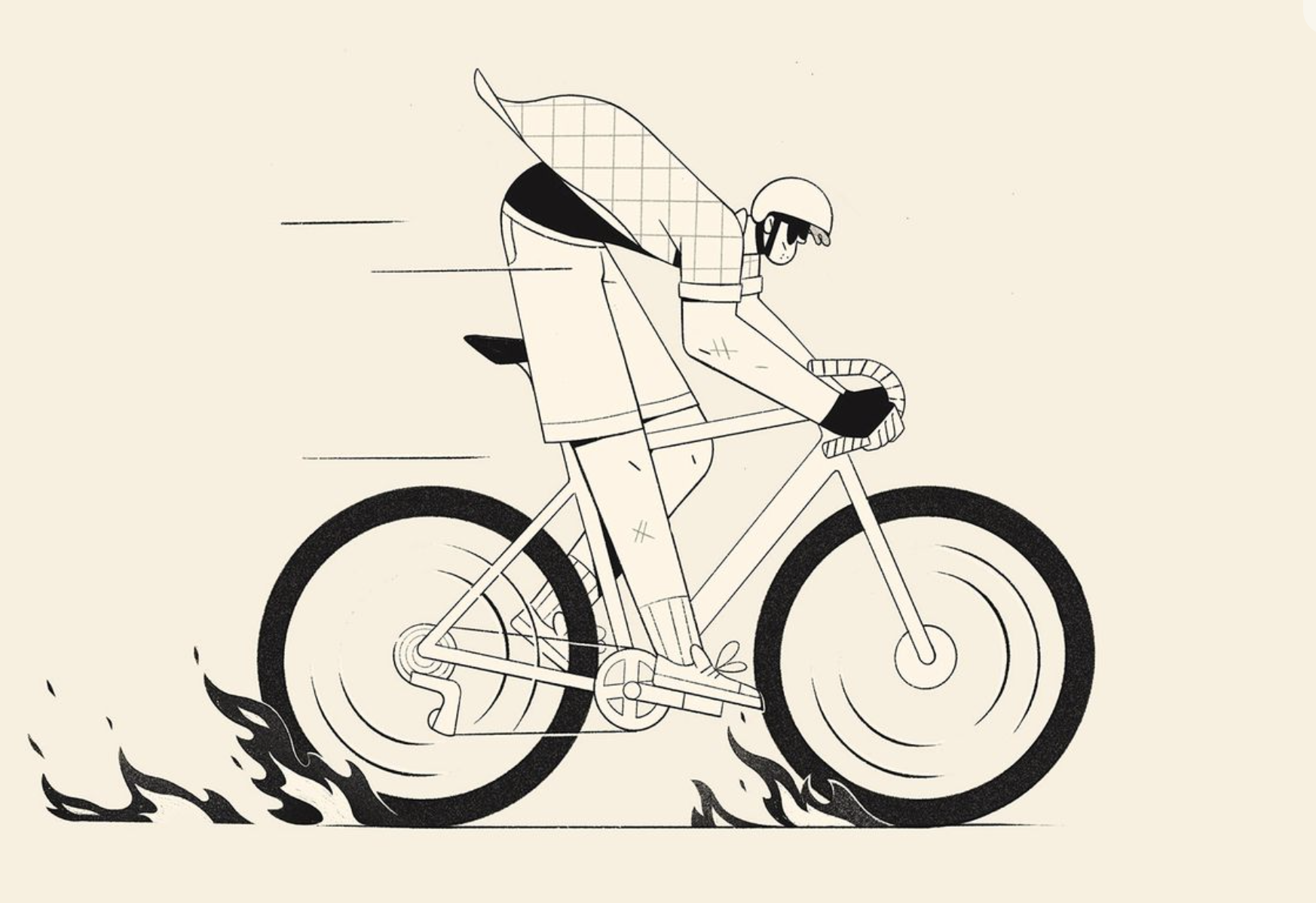A Psychodynamic Perspective on a Hidden Struggle
In a world that prizes productivity, outward success often serves as both armor and disguise. The term high-functioning anxietyHigh-functioning anxiety refers to individuals who experience significant anxiety but continue to fu... has emerged to describe individuals who seem composed, accomplished, and driven—yet live with a persistent undercurrent of dread, self-doubt, and emotional tension. From a psychodynamic lens, this experience is far more than a “personality quirk” or the cost of ambition. It’s a window into the unconscious processes that fuel our behaviors, relationships, and self-imageSelf-Image refers to the way individuals perceive themselves, including their attributes, values, an....
The Hidden Struggle Behind the Mask
People with high-functioning anxiety tend to appear competent, responsible, and even charismatic. Colleagues might describe them as high achievers; friends may admire their organization and reliability. But internally, they often struggle with racing thoughts, catastrophic thinkingCatastrophic thinking is a cognitive distortion where individuals imagine the worst possible outcome..., perfectionism, and difficulty resting.
What differentiates high-functioning anxiety from other anxiety presentations is the split between external appearance and internal distress. Psychodynamically, this split is a defense—a way of managing inner conflict by channeling anxiety into performance. The more anxiety threatens to overwhelm from within, the more control is exerted externally.
Psychodynamic Roots: Early Experiences and Internalized Beliefs
Psychodynamic therapy traces the roots of high-functioning anxiety to early relational experiences, especially those involving attachment, emotional attunement, and the implicit messages children receive about their worth.
Many individuals with this presentation grew up in environments where love, approval, or safety felt contingent—on achievement, obedience, or emotional restraint. Perhaps they were praised primarily for good grades or helping others, while emotional needs were minimized, dismissed, or subtly shamed. Over time, a core belief forms: I must perform to be safe, valued, or lovable.
This creates a developmental blueprint where anxiety becomes a motivator and success becomes a coping mechanism. The child becomes an adult who cannot stop striving—not out of pure ambition, but because slowing down threatens to surface long-buried fears of inadequacy or abandonment.
Defense MechanismsDefense Mechanisms are unconscious psychological strategies used by individuals to protect themselve... at Work
High-functioning anxiety is often maintained by unconscious defense mechanisms. These might include:
- Reaction Formation: Transforming inner fear or helplessness into over-preparation, competence, or control.
- Intellectualization: Managing emotional distress by focusing on facts, logic, and achievement, avoiding vulnerable feeling states.
- Idealization (of others or the self): Holding oneself to impossibly high standards as a way to avoid shame or self-criticism.
- RepressionRepression is a defense mechanism where individuals unconsciously push distressing thoughts and memo... and Suppression: Keeping distressing thoughts or feelings outside of conscious awareness to stay “functional.”
These defenses may help the person navigate the demands of adult life—but at the cost of chronic exhaustion, difficulty connecting authentically with others, and a vague but persistent sense that something is “off” or “not enough.”
The Therapeutic Process: Unmasking and Integration
Psychodynamic therapy does not aim to eliminate anxiety; instead, it seeks to uncover its roots and understand the internal conflicts it represents. In therapy, individuals can begin to:
- Recognize how unconscious fears (such as being unworthy or unloved) influence present behavior.
- Revisit early relational templates and explore how they inform current self-concepts and relationship patterns.
- Learn to tolerate and express a wider range of emotions, rather than channeling everything into productivity.
- Develop a more integrated sense of self—not just the “performer,” but also the vulnerable, messy, and fully human parts that were once disowned.
As insightInsight refers to the understanding and awareness clients gain about their thoughts, feelings, and b... grows, so does the capacity to make different choices: to rest without guilt, to say no without panic, to connect without pretense, and to live with greater authenticity.
ReframingReframing involves changing the way one views a situation to alter its emotional impact. CBT teaches... Success and Redefining Worth
High-functioning anxiety often drives individuals toward external success as a way of managing internal chaos. But psychodynamic therapy invites a redefinition of success—not as relentless achievement, but as emotional freedom, relational depth, and the capacity to live from one’s true self.
Healing doesn’t mean giving up ambition or productivity. It means becoming aware of the forces that drive them, so they no longer have to be fueled by fear. In this way, therapy becomes not just a place of healing, but a liberation from the unseen forces that have long shaped a person’s life from the shadows.





